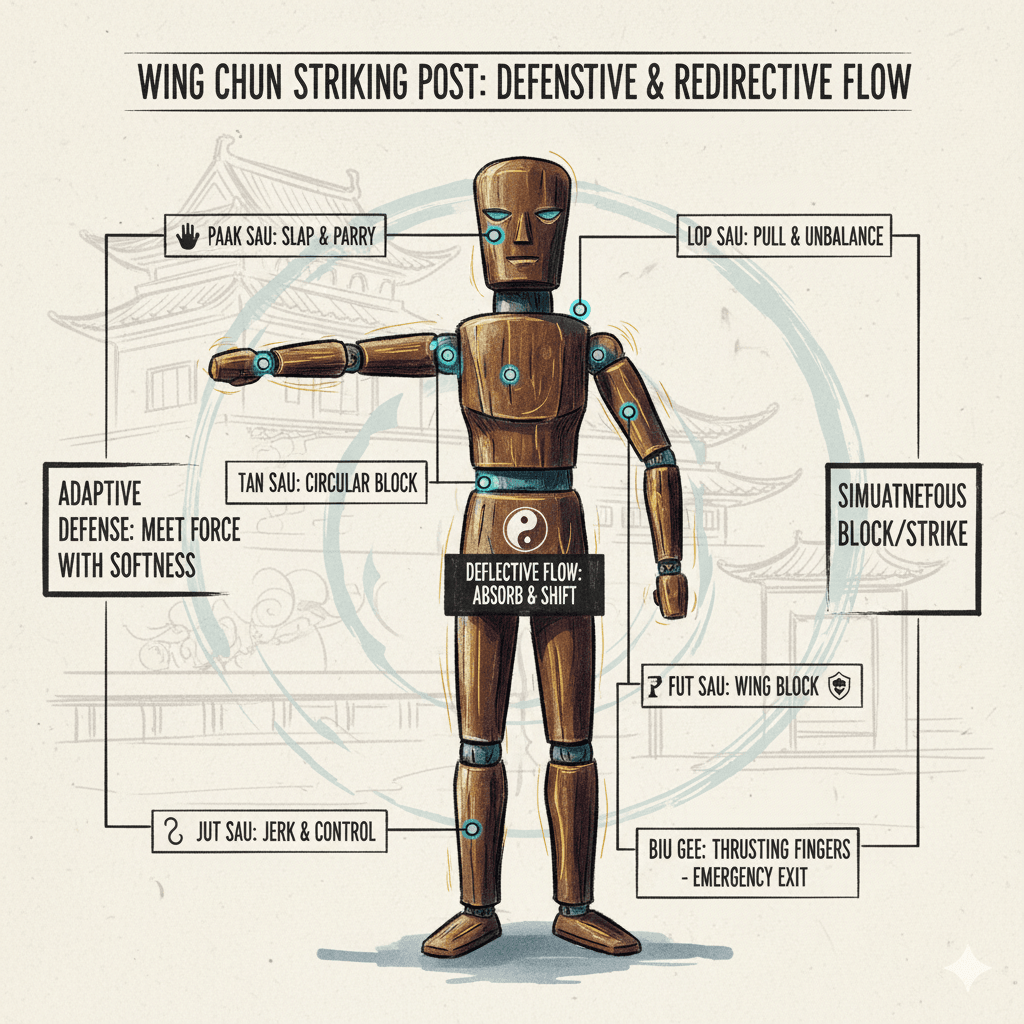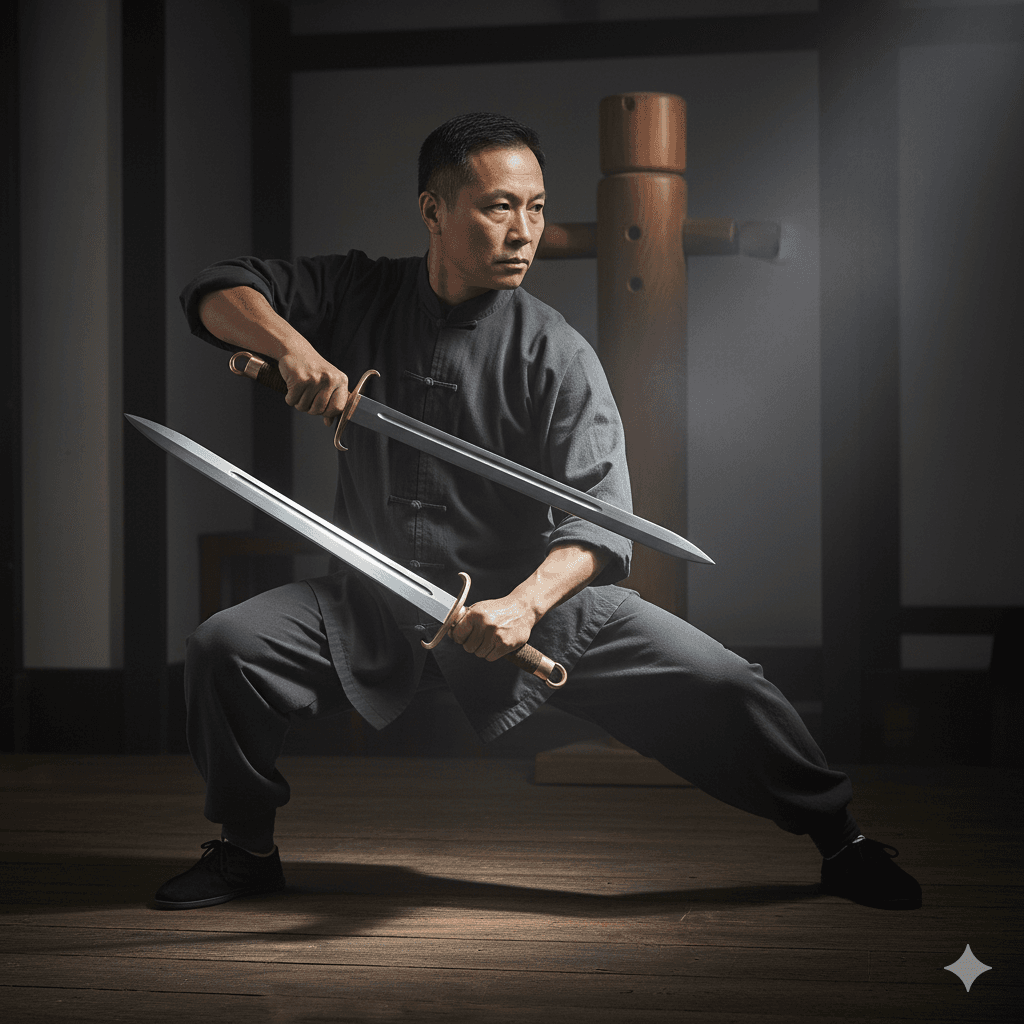Wing Chun is a traditional Chinese martial art that emphasizes close-range combat and efficient striking techniques.
One of the key aspects of Wing Chun punching is the proper positioning of the fingers.
In this article, we will explore when to close the fingers when executing Wing Chun punching and the importance of this technique.
The Structure of Wing Chun Punches
Before delving into the timing of closing the fingers, it is essential to understand the structure of Wing Chun punches.
Unlike other martial arts styles, Wing Chun practitioners keep their fists relaxed and loosely clenched.
This relaxed fist allows for faster and more fluid movements, enabling the practitioner to strike with precision and speed.
The fingers are slightly open with the thumb resting on the side of the index finger.
This position is known as the “Wu Sao” or “guarding hand.

” It serves as a protective cover for the face while allowing for quick and efficient punches.
When to Close the Fingers
In Wing Chun, the fingers are closed at the moment of impact.
This means that the fingers are relaxed and open during the initial stages of the punch, but they close just before making contact with the target.
This technique is crucial for several reasons:
1. Increased Power
By closing the fingers at the point of impact, the energy generated from the punch is concentrated into a smaller area.
This concentration of force results in a more powerful strike.
The closing of the fingers also helps to maintain the structural integrity of the fist, preventing any potential injuries to the hand.
2. Enhanced Accuracy
Closing the fingers just before landing the punch allows for greater control and accuracy.
The slight closure of the fingers ensures that the strike lands with precision, hitting the intended target with maximum effectiveness.
This level of accuracy is essential in Wing Chun, where every strike aims to exploit the opponent’s weaknesses.
3. Faster Recovery
Keeping the fingers relaxed and open during the initial stages of the punch enables faster recovery after each strike.
By not tensing the fingers prematurely, the practitioner can quickly retract the hand and prepare for the next attack or defense.
This fluidity of movement is a hallmark of Wing Chun and allows for rapid and continuous strikes.
Training and Practice
Learning when to close the fingers during Wing Chun punches requires practice and repetition.
It is essential to develop muscle memory and timing to execute this technique effectively.
Here are some tips to help you improve:
1. Slow and Controlled Practice
Start by practicing your punches slowly and in a controlled manner.
Focus on the timing of closing the fingers just before impact.
This deliberate practice will help you develop the necessary coordination and muscle memory.
2. Shadow Boxing
Shadow boxing is an excellent way to refine your technique.
Visualize an opponent in front of you and practice your punches while maintaining the correct finger position.
Pay close attention to the moment of closing the fingers and ensure it is synchronized with the imaginary impact.
3. Partner Drills
Working with a training partner allows you to practice Wing Chun punches in a more dynamic setting.
Start with slow and controlled drills, gradually increasing the speed and intensity.
Focus on maintaining the proper finger position and closing them at the right moment.
Conclusion
Knowing when to close the fingers when executing Wing Chun punches is crucial for power, accuracy, and speed.
By closing the fingers just before impact, you can maximize the effectiveness of your strikes and maintain the structural integrity of your fist.
Remember to practice this technique regularly to develop the necessary skills and improve your Wing Chun punching abilities.



